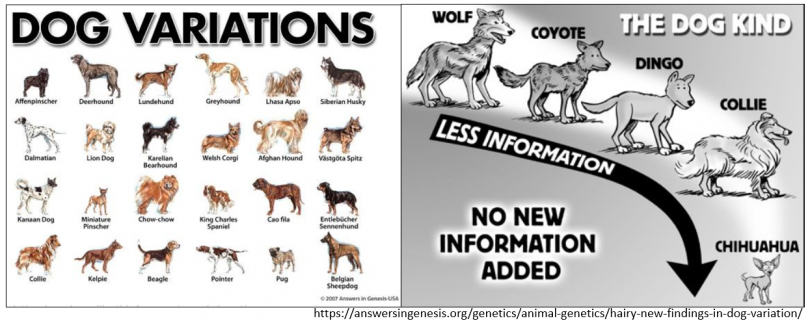Using shorthand terminology, dog breeds are examples of “micro-evolution.” As we refer to it here based on the Modern Synthesis, micro-evolution means normal reproduction.
Reproduction occurs by the preexisting sex cells ( “germ” cells in men & “eggs” in women) that, after conception, divide to form pairs of gametes from each parent. These gametes carry parental genetic material to the next generation. The selected gene variants are called alleles.
Allele frequencies have to do with the rate that genes are selected (commonly known as dominant or recessive traits). All variations of genes are based on the gametes passed to the zygote at conception. Variety is generated by the de novo fusion of gametes from the parents as cell divisions occur during the “germline” process. This process remains poorly understood. -1 Therefore, all the variety we observe throughout all the species on earth has been provided by the mechanism of normal reproduction (allele frequencies).
The variability in gametes are not driven by mutations but by random fusion of preexsiting genetic material as a function of normal reproduction.
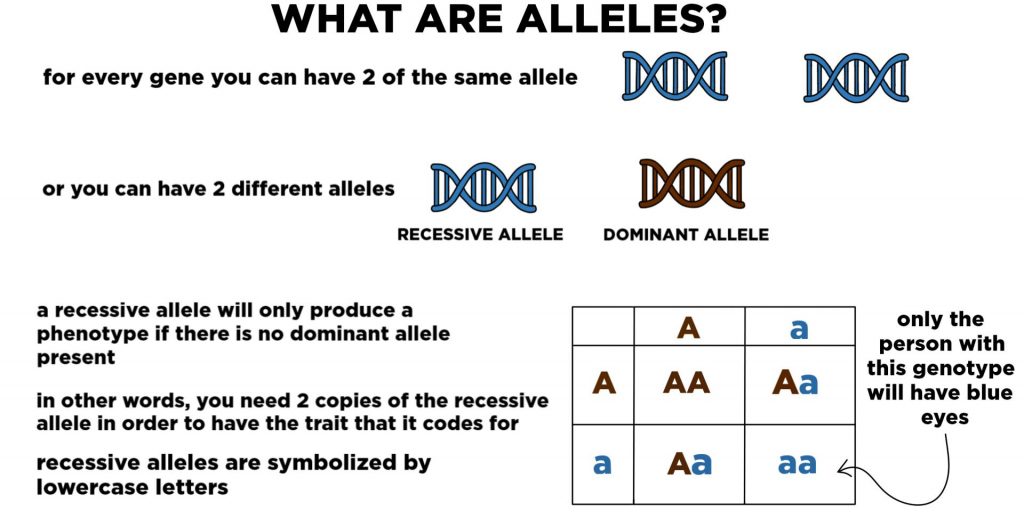
Reproduction is not driven by the mechanism of error (mutations) but rather by the function of the germline by DNA allele frequencies.
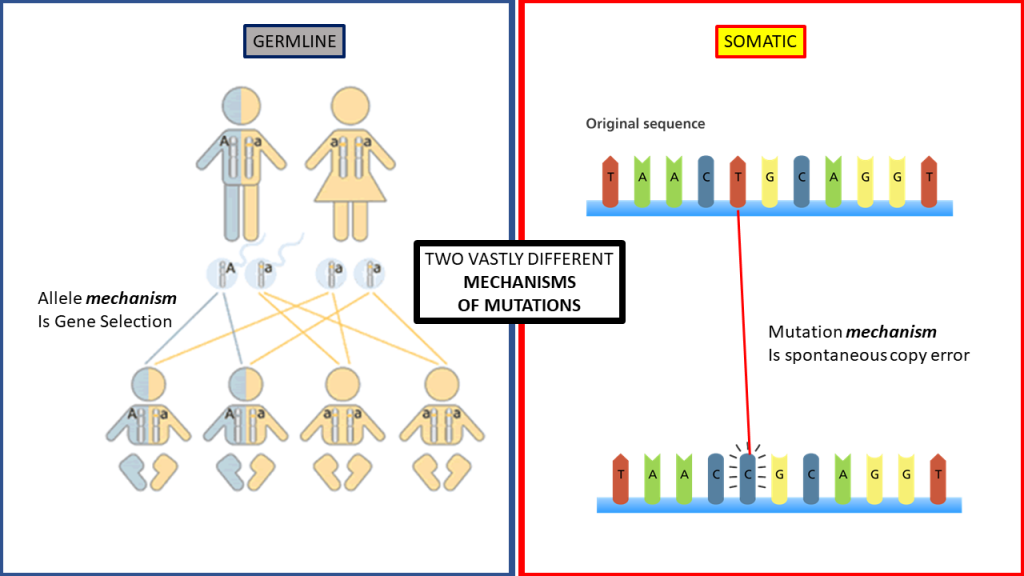
Normal Reproduction is all we have ever observed in any life form. No one of sound mind doubts reproduction. That is how we gain variety in plants, produce, pigeons, birds, horses, fishes, starfish, and yes-dogs. The vast variety provided by alleles renders all breeds of canines by normal reproduction. All by only micro-evolution–mutations are not the mechanism.
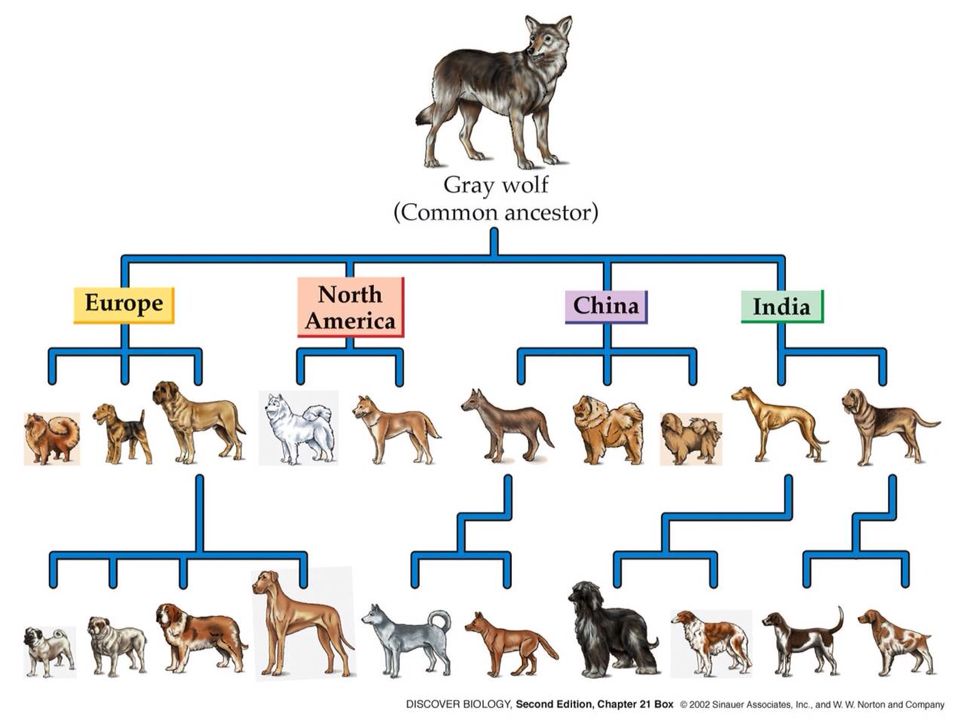
Dog breeds are not an example of evolution because the broader implications of “evolution” hinge on macro-evolution.
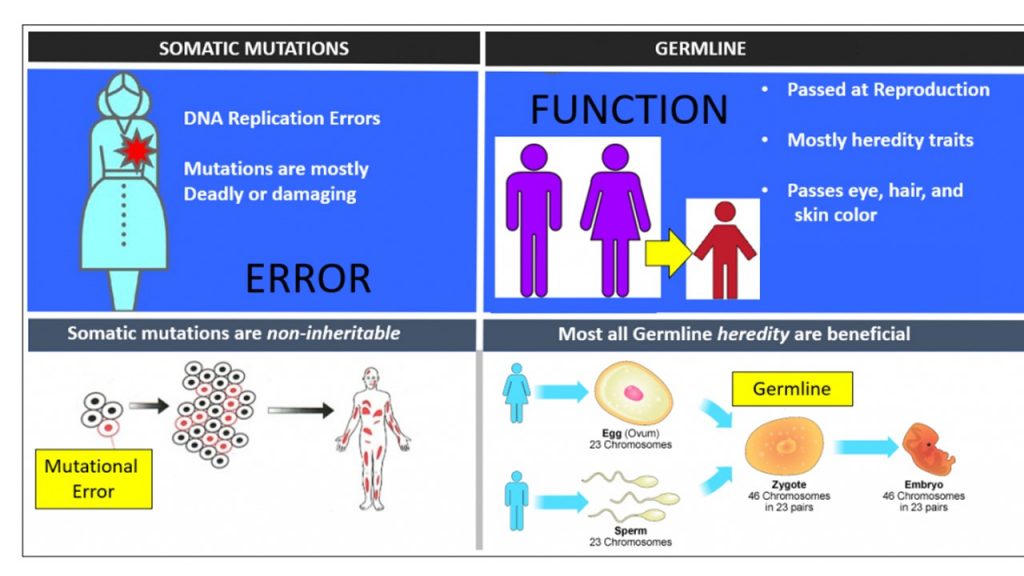
Mutations are essential to evolution. Every genetic feature in every organism was, initially, the result of a mutation. The new genetic variant (allele) spreads via reproduction, and differential reproduction (by mutation) is a defining aspect of evolution.”
https://www.nature.com/scitable/knowledge/library/mutations-are-the-raw-materials-of-evolution-17395346/ Paranthesis are mine.
Macro-evolution must look downward on the taxonomic spectrum, well before species. We need a new split or branch on the tree (or web) of life. A place where one organism “evolves” into another novel (new) form.
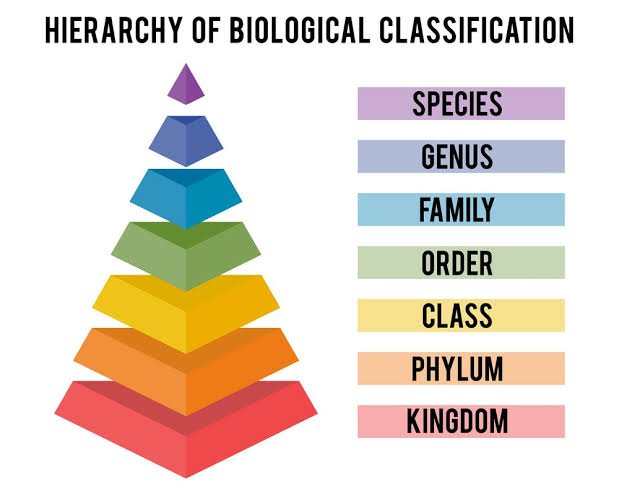
Universal common ancestry “evolution” proposed that good mutations are randomly accumulated into normal reproduction to affect novel life forms body styles- create novel phylum. This is how “evolution” explains how fishes must have become frogs over eons of beneficial mutations beginning somewhere at the phylum level or lower.
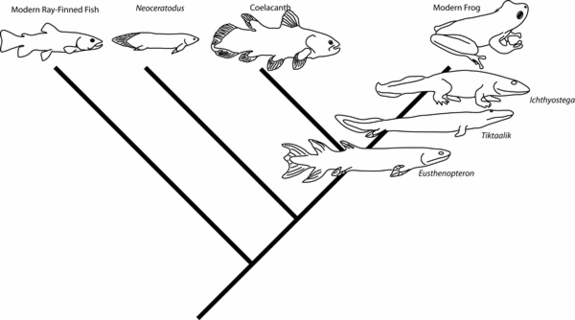
Accumulated copy mistakes called mutations are thought to be the mechanism that causes these body form changes. The mutations input new sequences, changing the protein folding and leading to novel physiological (anatomical) traits. Together, mutation combined with normal reproduction explains “evolution.” Also called “Natural Selection” or “The Modern Synthesis.”
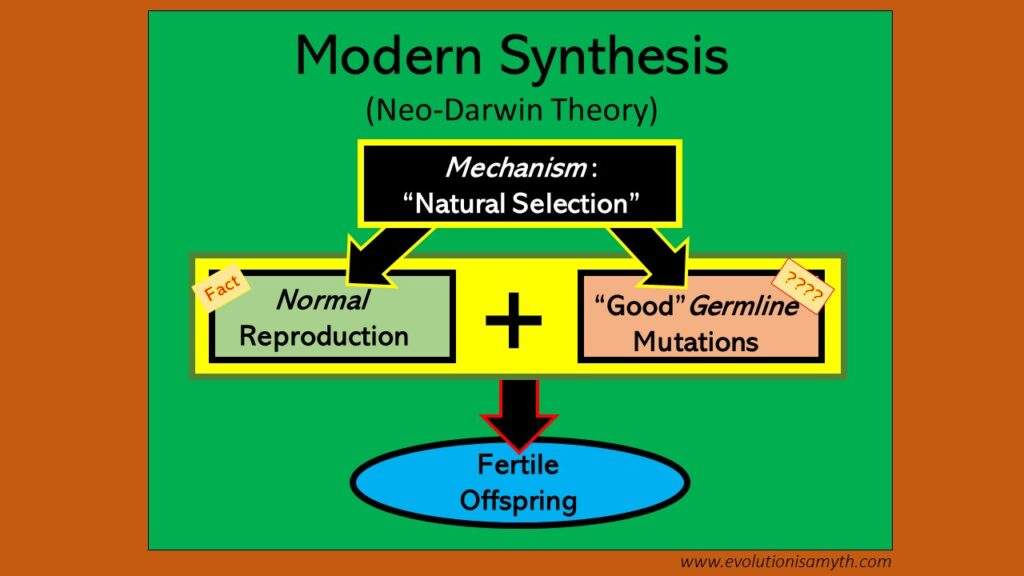
A mutation that occurs in a gamete or cell that…impact(s) the next generation… may not affect the adult (offspring) at all. Such changes are called germline mutations because they occur in a cell used in reproduction (“germ” cell), giving the change a chance to become more numerous over time. If the mutation has a deleterious affect on the phenotype of the offspring, the mutation is referred to as a genetic disorder.”
https://www.nature.com/scitable/knowledge/library/mutations-are-the-raw-materials-of-evolution-17395346/
First, the quote above does not provide a single example of a germ-line mutation that “does not affect the adult at all.” This is stated as a presumption without any evidence provided to support it. In reality, finding any such example would be exceedingly difficult. Sure, there are a few highly dubious examples, such as Sickle Cell (or perhaps a dozen others), but the claim is primarily conjecture.
Second, the claim “Such changes are called germ-line mutations because they occur in a cell used in reproduction (germ cell), giving the change a chance to become more numerous over time” is an understatement because without germline mutations, “evolution” could never occur at all. These mutations are needed to add new genetic sequences into the germline and to render novel organisms. In short, without beneficial mutations, evolution is falsified. If evolution is to be found correct, this is precisely where the evidence must be found as mutations in the germline which pass beneficial fitness gains to viable, fertile offspring.
Third, the claim “If the mutation has a deleterious effect on the offspring phenotype, the mutation is referred to as a genetic disorder” is also an understatement because the preponderance of all non-neutral genetic evidence finds germline mutations as deleterious and degradative (all bad).
Despite the clarifications needed in the definition, it is the correct one. Evolution needs both normal reproductions by gametes plus “good” mutations that cause novel changes in life to be the mechanism for macro-evolution.
Mutations are properly defined as spontaneous copy errors that alter the genetic sequence at the replication of DNA. Mutations are not the preexisting gametes in the sex cells of the DNA alleles passed by the parents at conception. However, these gametes can be impacted by parental mutation. Such mutations to the sex cells are called germline mutations.
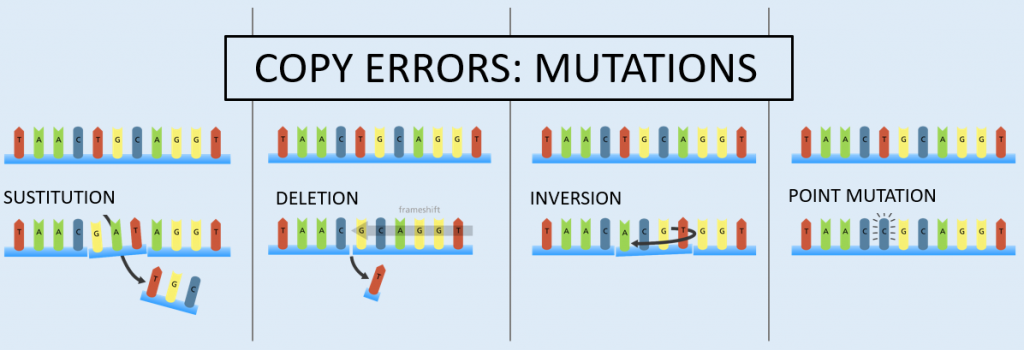
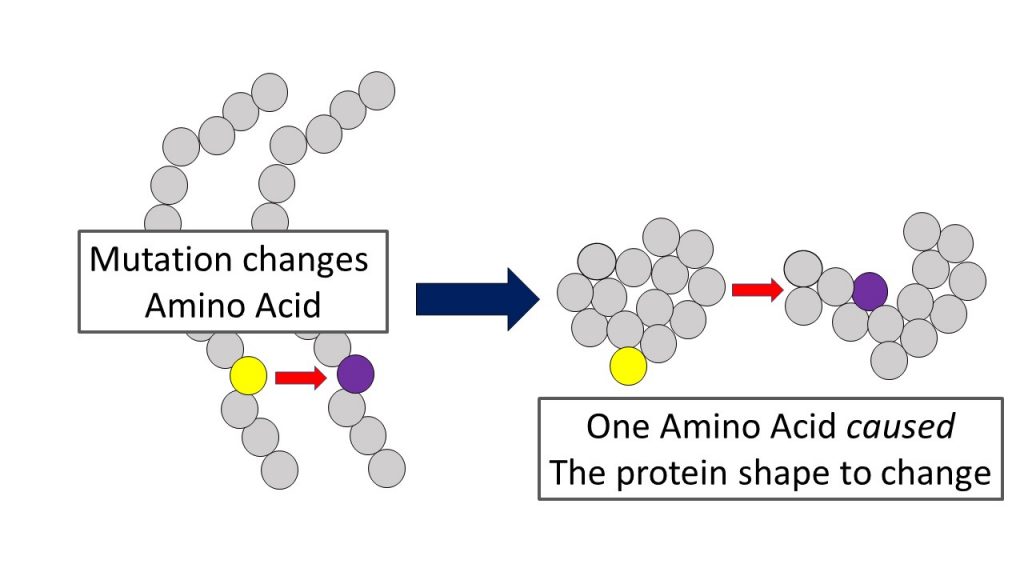
Germline sequences, although rarely, can be mutated too. These copy error mutations within the parent’s sex cells, although rare, can be passed to offspring impacting the gametes. The primary example of this example is Sickle Cell. A few identified single-point mutations caused the mutation, but they caused a folding malformation in the protein chain. This mutation caused normal round red blood cells to become sickle-shaped (thus the name). More on Sickle Cell here.
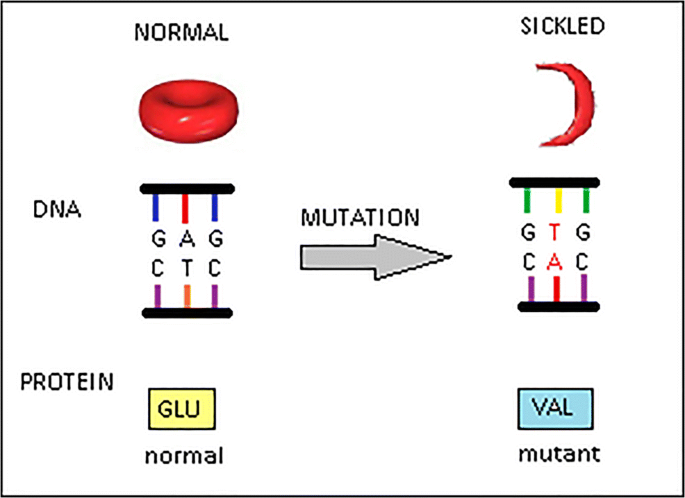
Neutral mutations do not provide any identifiable benefit or degradation to the protein chain.
“Neutral mutations are the alterations in the DNA that are non-detrimental and non-beneficial for the survival and reproduction of the organism. Neutral mutations do not result in any phenotype changes…(and) do not change the resultant… protein(s)…-2
…neutral mutations are the mutations whose spread remains unaffected by the process of natural selection (normal reproduction)…-2
2- https://www.biologyonline.com/dictionary/neutral-mutation (parenthesis and italics are mine)
New research has identified that the genetic code allows similar “letter” (amino acid) substitutions without malfolding the protein chain, which derives degradation.-2
Many enzyme mechanisms (both genomic and epigenetic) work to correct genetic copy error mutations constantly. Research has found that even neutral mutations are routinely corrected within the normal epigenetic function.-3
…suppressor genes, typically defined by inactivation by mutation, may also be silenced by epigenetic mechanisms…”
https://www.ncbi.nlm.nih.gov/pmc/articles/PMC5480027/
Many cancers manifest when this epigenetic function is degraded by just two mutations.
The “two-hit” hypothesis, first described by Knudson in the 1970s postulates that at least two mutations of a tumor suppressor gene are required for cancer to develop…” Meaning one mutation might not harm the function of the gene but two mutations will.
https://www.ncbi.nlm.nih.gov/pmc/articles/PMC5480027/
Therefore, many presumed neutral mutations might not be mutations at all! Identical protein chains can be rendered using similar, although entirely different amino acids.-4
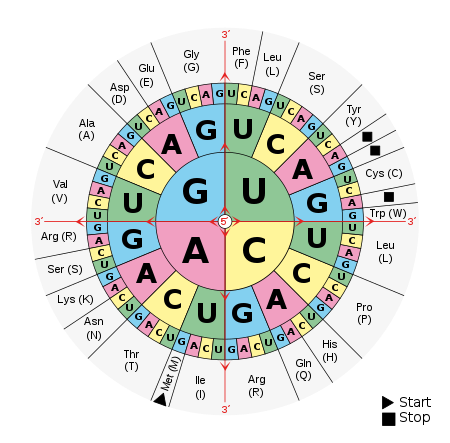
Only mutations that derive a change in the protein chain folding can render macro-evolution. Although some arguments claim that neutral mutations might be “future” precursors for “good” mutations, no examples exist, and further research is closing that window very quickly.
Undeniably, mutations are vastly hazardous to life. This is especially true for those mutations at conception called “germline” mutations, the only plausible mechanism for macro-evolution. If macro-evolution were to occur, if indeed it ever does, it must be in germline mutations. Turns out that germline mutations have been intensely researched in the hundreds of billions of dollars because they drive diseases, cancers, congenital disorders, deformities, tumors, disabilities like Autism, and mass premature fetal death. -5 Arguably, perhaps all non-neutral mutations are harmful.
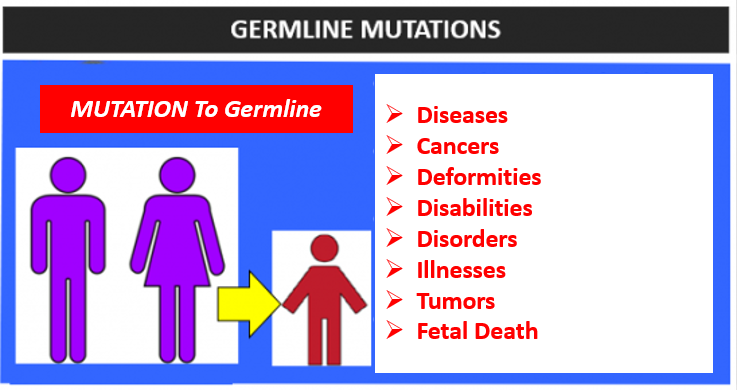
“Different characteristics tend to exist within any given population as a result of mutation, genetic recombination, and other sources of genetic variation.”
Nearly every naturalistic article or website mentions that “some” mutations, although rare, are beneficial. Examining the data, we have found a few categories to consider. These include (1) viruses, (2) ancient {presumptions}, (3) anecdotal, and (4) laboratory verified.
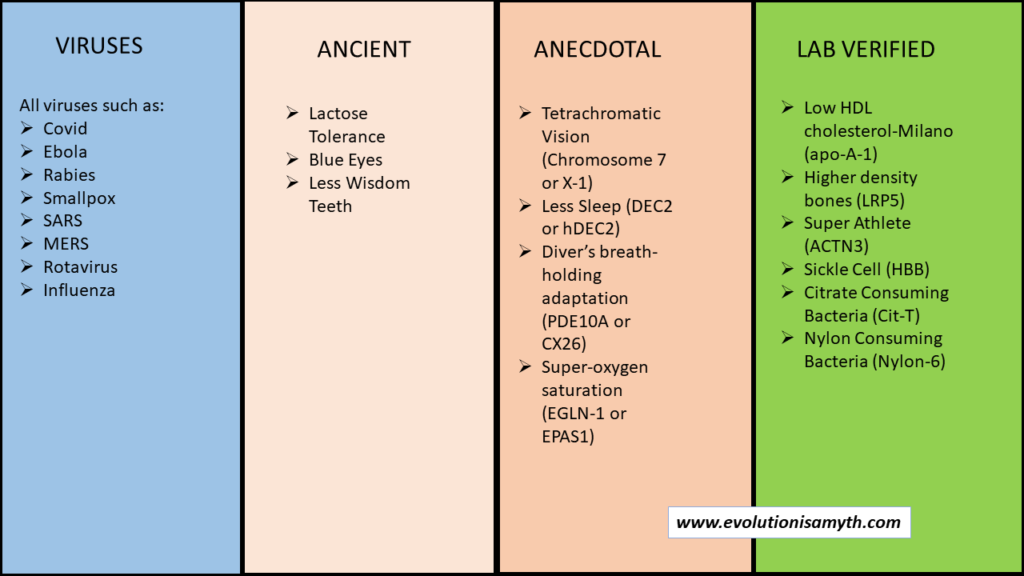
Viruses are a topic beyond the scope of this article. However, viruses are proposed as good evidence for beneficial mutation because they mutate and modify. However, viruses are non-living lipid capsules of degraded genetic material. Viruses are parasites requiring a host for metabolism and replication. Most viruses are harmless and emerge from a once fully functioning living organism called an escape theory. -6 This theory would mean that viruses are today merely genetic debris of once fully functional genetic processes.
The marvel falls not on viral debris but on the preexisting function of the immune system of living organisms. An immune system that routinely destroys and eliminates viral invaders. Viruses are not living organisms and therefore provide little evidentiary support for macro-evolution. Viruses, as far as we have ever known, always remain viruses. Claims that viruses provide strong evidence for macro-evolution are unsubstantiated.
An example of an “ancient presumption” is the supposition of a developed lactose tolerance in humans by germline mutations. The assumption behind this conclusion is thought to have occurred long ago (ancient), about 6,000 – 10,000 years ago. Ancient materials such as fossils rarely contain DNA (when they do, it is only fragmented) with no fully mappable molecules. Therefore, ancient presumptions cannot be empirically substantiated genetically. Therefore, these mutations are merely speculations of a presumed past. Pre-mutational DNA samples from 6,000 years ago simply do not exist. In reality, the evidence is restricted to only the preexisting genetic sequences in modern form. Then, in a question-begging manner, the genes responsible for the modern trait (lactose tolerance) are presumed not to have existed in ancient species, which cannot be genetically substantiated. All ancient presumptions on genetic compositions (pre-mutational) are unverifiable and, therefore, unsubstantiated.
Anecdotal claims involve a limited number of participants or a number of trials. They also are usually untestable (verifiable) by modern lab equipment. Tetrachromatic Vision is an example of anecdotal examples. Many attributes can be anecdotally spun as beneficial or having a fitness gain, but data lacks or is non-existent. Anecdotal claims are definitionally unsubstantiated.
There is one type of macro-evolution that can be considered, and that is lab-verified mutations. These genetic mutations to the germline manifest with a verifiable “benefit” to offspring. There are perhaps a dozen (or so) of these types of mutations, such as The LRP5 mutation for so-called “Unbreakable Bones,”; The APOA1 mutation for lowered cholesterol levels; The ACTN3 fast-twitch muscle fiber or so-called “super athlete” mutation; The HBB Gene & Hemoglobin S & C Mutation for the well known Sickle Cell; Lenski’s e. Coli digestion mutation; and perhaps a handful of others. While these identified beneficial mutations are laboratory substantiated, a few issues should be scrutinized.
If this were the mechanism responsible for all the variety on earth, how fish became frogs, shouldn’t we expect to find the preponderance of the evidence to be beneficial and not hazardous? Harmful mutations vastly overshadow the handful of hopefuls. Second, these beneficial mutations carry a laundry list of side effects, including illness, disease, and premature death. Finally, these benefits are subjective. While their effects might benefit one population segment, they might harm another.
To illustrate, the Milano A1 mutation greatly reduces cholesterol in the blood, benefiting the overweight who indulges in a diet rich in animal fat. However, the effects might cause real harm to someone living in a calorie-deprived environment. That is why many (if not all) of these beneficial mutations are subjective. Many are more readily identified as a disease–certainly not a benefit. Such is the case for The Milano A1 mutation.
The Milano A1 Mutation causes “significant hypertriglyceridemia (a very marked decrease of high density lipoproteins HDL-cholesterol levels) was detected in three members (father, son, and daughter) of an Italian family. The three affected individuals …showed a significant enlargement of the lipoprotein particles and a concomitant increase in the triglyceride content…(which may lead to) marked apoprotein abnormalities, without a significant incidence of atherosclerotic disease in the family suggests this is a new disease entity in the field of lipoprotein pathology, very probably related to an altered amino acid composition of the apo-A-I protein.
Weisgraber et al. 1980. J. Clin. Invest. 66: 901-907. Bold and italics are mine.
Proteins within biology do not operate in a bubble. Changes to these sequences cause proteins to malfolded, which causes many unintended side effects. Supposed “good” mutations are no exception. While they might provide a clear subjective benefit, like The Milano A1, they still drive side effects. Just like medications might save the life of one individual, they could kill another. Medications, like mutations, carry detrimental side effects despite their anticipated benefits. This is why laboratory-verified mutations’ “good” characteristics are, at best subjective. It is also why searching for beneficial mutations is like searching for a mermaid.
Dog breeds are not an example of evolution because the wider implications of ‘evolution’ include the mechanism of macro-evolution under The Modern Synthesis. Macro-evolution was not substantiated under laboratory-verified examples, viruses, ancient assumptions, or anecdotal claims of beneficial mutations. Based on the preponderance of all the genetic data available, it appears that mutations that manifest changes to affect protein folding are hazardous. Those specific to reproduction (germline) are no exception. We found that the repetitive claim of naturalists that “rarely mutations are beneficial” became more of a hopeful wish or an exercise of pure imagination. Therefore, we can dispense with both ‘micro-evolution’ and ‘macro-evolution’ terminology because they are altogether unnecessary delineations. We ultimately find ‘micro-evolution’ means normal reproduction. Macro-evolution is entirely unsubstantiated and supported only by ancient presumptions and conjecture. In the end, even the term ‘evolution’ could be eliminated, seeing its supposed mechanism of beneficial mutations has been found both unsubstantiated and falsified.
Sources:
1 – https://www.science.org/doi/10.1126/science.aam5339
2- https://www.biologyonline.com/dictionary/neutral-mutation (parenthesis and italics are mine)
3- https://www.ncbi.nlm.nih.gov/pmc/articles/PMC5480027/
5- https://www.evolutionisamyth.com/biological/genetic-similarity-is-vastly-overrated/
6- https://www.ncbi.nlm.nih.gov/pmc/articles/PMC3575434/#:~:text=A%20third%20prevalent%20hypothesis%2C%20the,refs.%202%E2%80%934).

